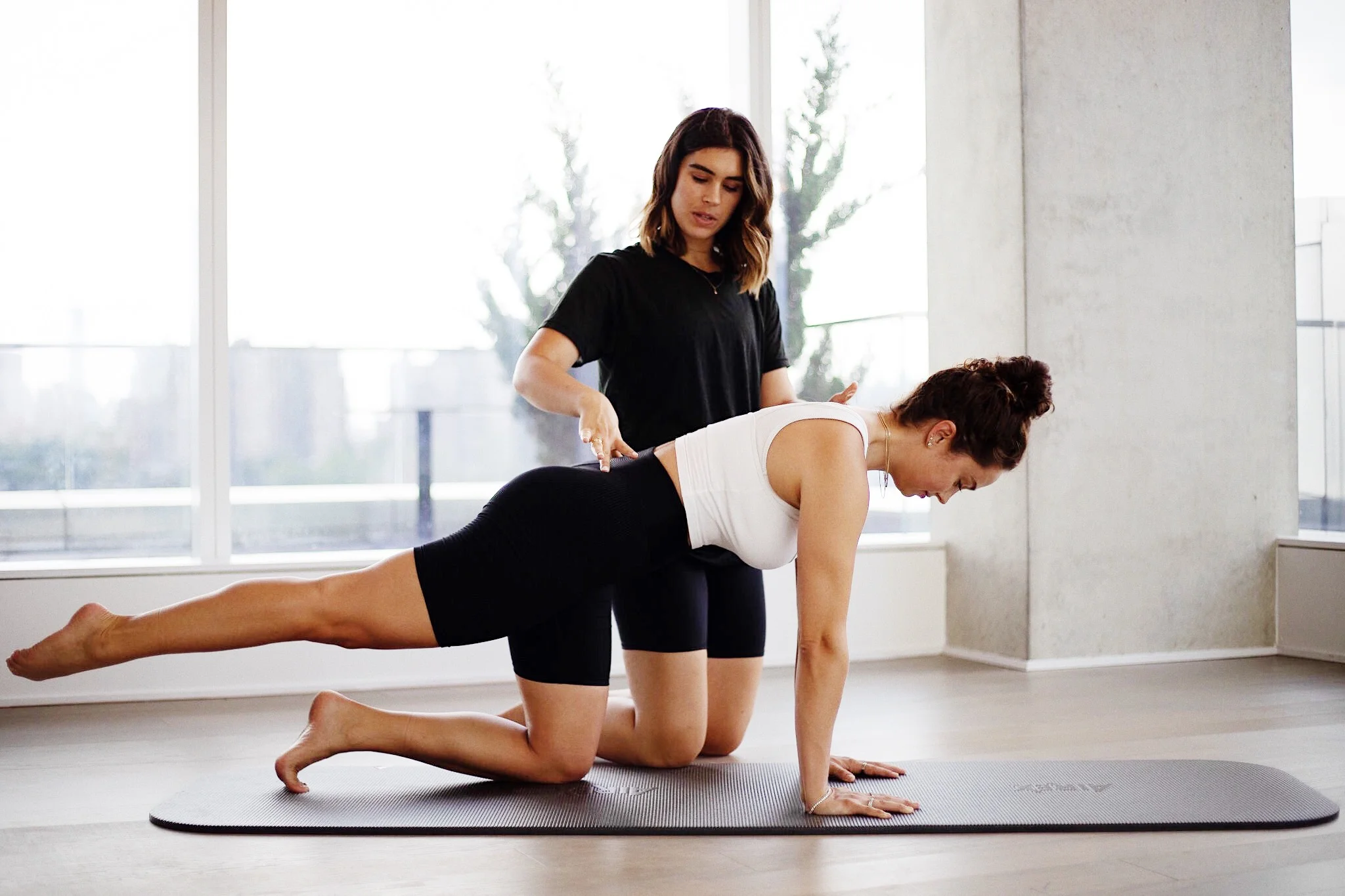Through inexperience we have the opportunity to make choices with little to no knowledge of the outcome — these choices can result in mistakes, but they also leave room for sparks of genius. As we continue to practice a skill or craft, we refine our approach. We miscalculate less often. We continue to do what works and we discard what doesn’t.
Overtime, we develop rules that dictate our behavior and actions. If A, then B. These rules allow us to feel confident, knowing what to do even when the situation we’re encountering is new.
Even more significant than learning what someone knows, is to learn how and why they came to that conclusion. Here within “the work” we’ll discover the rules that experts in the fitness and wellness space have developed as they share how they arrived.
Creating A Movement Practice
Have A Movement Menu:
Use your intuition to discern what kind of movement your body needs each and every day. Discipline and commitment have their place, but so does adventure and curiosity.
The same way you would approach what you feel like eating for a meal, those same “cravings” you know how to tap into to satiate your appetite should be used for your movement practice.
- What way would my body like to move today?
- Give it some choice. Does it want the freedom of dance?
- The sweat of cardio? The structure of lifting weights?
- Does it want to move alone or with the collective?
Tune in.
Take Inventory (or) Do Your Research:
Any time you move, it’s important to listen to how you’re doing on many different levels.
- Is there pain or tightness?
- Is it physical pain or energetic pain, like anxiety?
- How is it shifting or changing as I move through the workout, and deeper into my body?
Tap into the internal dialogue that’s occurring in your mind as you work out. No need to stop it, or redirect it, but to have an awareness of the chatter that’s happening.
Your workout is a place and time for “research” to occur. A lot of dots can start to connect when we move and enter a state of flow. Use your movement as an opportunity to see what wants to be revealed to you about yourself, your body, or your life.
Seek Out Pleasure:
Effort is pleasure. Not punishment.
When we begin to find joy in our body’s capacity, it doesn’t matter if it’s those last exasperating seconds of throttle on the assault bike, the moment your leg begins to tremble in a pulse on the megaformer, or if it’s a slow and sensual cat-cow in yoga class — there are satisfaction and joy.
These varying levels of effort - the spectrum of contraction and expansion - begin to be what feels good. It might take a couple tries to reframe and tap into how this is true for you, but it’s important to connect to the pleasure that exists in rigor as much as important to recognize where it exists within ease. Use how good you can feel as the barometer for how successful your next session is.
listen to episode 010 | Developing Your Intuition with Claudia Germuga
Listen to Ep. 010 on iTunes // Google Play // Spotify
listen to episode 011 | Transforming at Your Edge with Claudia Germuga
Listen to Ep. 011 on iTunes // Google Play // Spotify















